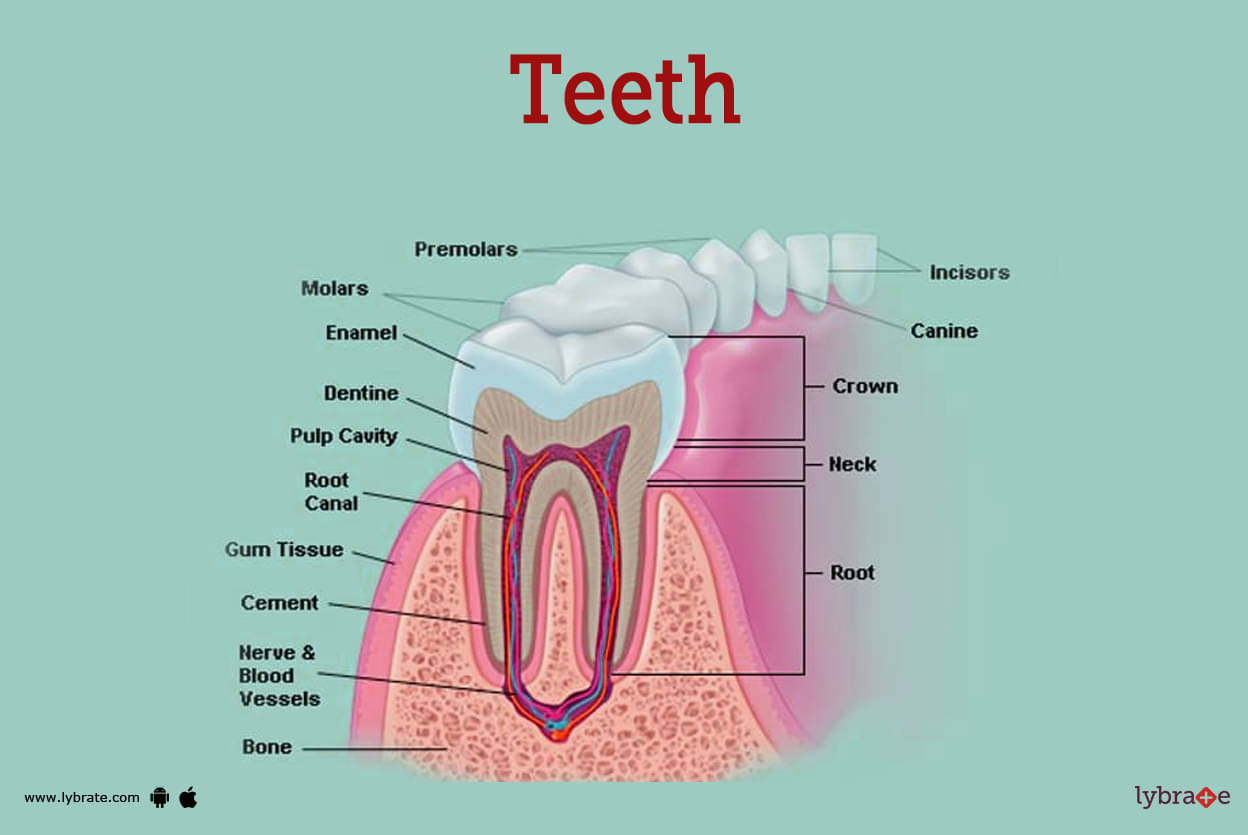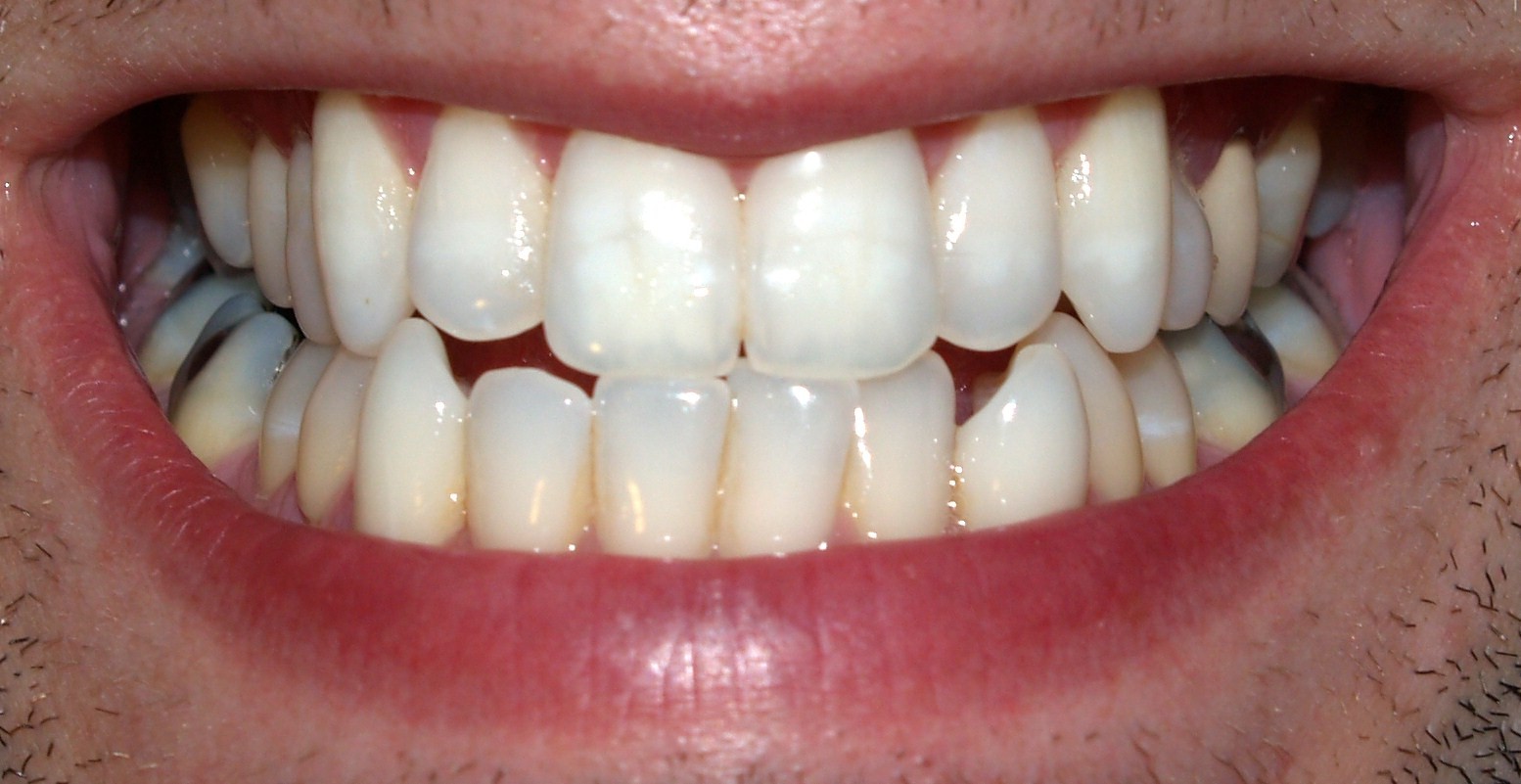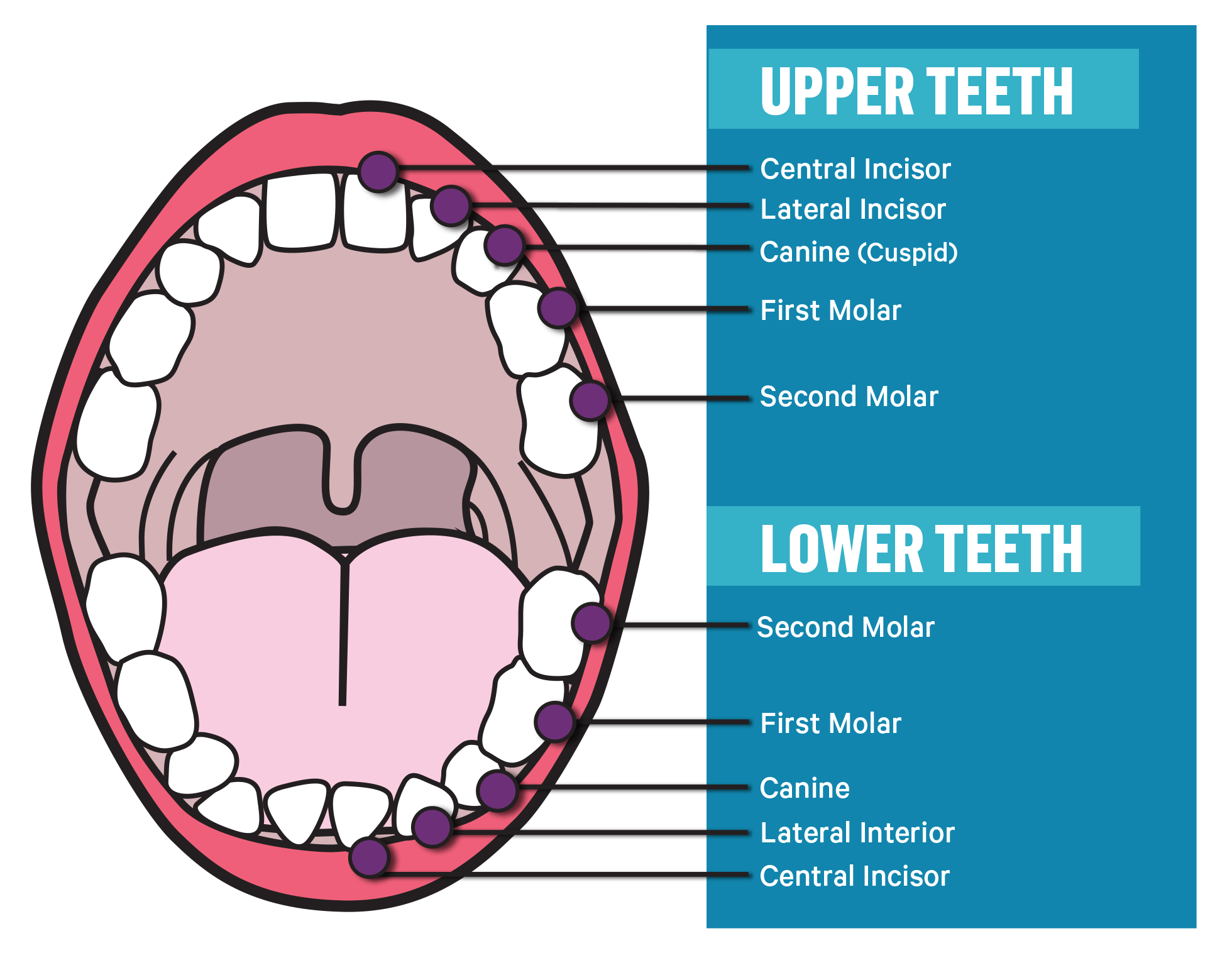Do you ever catch yourself looking in the mirror, maybe a little self-conscious about a space between your teeth? You are not alone, actually. Many people have what we call a "diastema," which is just a fancy word for a gap, and it's a very common thing. For some, it's a unique part of their smile, a bit like a signature, yet for others, it might feel like something they wish to change, you know?
Perhaps you have wondered what your smile could look like without that gap, or maybe you are just curious about how people go about fixing them. It's really quite interesting to see the different ways smiles can change, especially when we look at pictures showing the "before" and the "after." These images often tell a very compelling story of transformation, showing what is possible with a little help.
We are going to explore the world of teeth gaps today, looking at what causes them and the various ways they can be closed. You will get to see, more or less, the kinds of changes people experience, from subtle adjustments to rather dramatic smile makeovers. It's all about understanding your options and finding what feels right for you, perhaps.
- Taste More Summer Sweepstakes
- Luzelba Mansour Husband
- Traditional Swedish Hat
- Mercury In Venus
- Twin Family Halloween Costumes
Table of Contents
- What is a Teeth Gap (Diastema)?
- Why Do Teeth Gaps Happen?
- A Quick Look at Your Teeth's Job
- Ways to Close Teeth Gaps: Before and After
- Seeing the Change: What to Expect
- Choosing What's Right for Your Smile
- Keeping Your Smile Looking Good
- Frequently Asked Questions About Teeth Gaps
What is a Teeth Gap (Diastema)?
A teeth gap, known in dental terms as a diastema, is just a space between two teeth. It can show up anywhere in your mouth, but it's very common between the two upper front teeth, so it is. You see, some people have a small space, while others might have a wider one, and it varies quite a bit from person to person, actually.
These gaps are often quite visible, especially when you smile or talk. For some, this gap is a part of their natural charm, and they might even like it. Yet, for others, it can be a source of discomfort or a reason to feel a bit shy about their smile, you know. It's really all about personal preference and how you feel about your own smile, in a way.
Why Do Teeth Gaps Happen?
There are several reasons why a gap might appear between your teeth, and it's not just one single cause, apparently. Sometimes, it is simply a matter of your teeth being too small for your jawbone, leaving extra space. This can happen when the jaw is quite large, or the teeth are just a bit on the smaller side, more or less.
- Ashley Leo Bridget Bahl
- Tinsley Mortimer Mugshot
- Ethan Slater Parents
- Psycho Nude Scene
- Jacob Neeley Age
Another common reason involves the tissue that connects your upper lip to your gums, which is called the labial frenum. If this tissue is too large or extends too far down between your front teeth, it can create a gap. This is a pretty common cause for spaces in the front of the mouth, so it is.
Habits can also play a role, like thumb sucking or even tongue thrusting, where your tongue pushes against your front teeth when you swallow. These actions can gradually push teeth apart over time, creating or widening gaps. It's amazing how small habits can have such an impact, you know.
Sometimes, a missing tooth can cause gaps, or perhaps an extra tooth that has not come in properly. Gum disease, too, can lead to gaps as the bone and tissue that hold teeth in place start to pull back. So, there are many reasons, and it's often a combination of things, actually.
A Quick Look at Your Teeth's Job
Before we look at how gaps are fixed, it's good to remember what your teeth actually do. Your teeth are a really important part of your digestive system, for one thing. They help break down foods by crushing or cutting them before you swallow, which is pretty vital, you know.
There are different types of teeth, each with its own special purpose. You have incisors at the front, which are good for biting and cutting food. Then there are canines, which are pointed and used for tearing. Behind those are premolars and molars, which are flatter and stronger, perfect for crushing and grinding food, so they are.
A tooth is a hard, resistant structure found in your jaws and mouth. It has many parts, both seen and unseen. The white surface you see is just the outside, but there is a lot more going on underneath, like. Understanding the anatomy of a tooth, including its structure, parts, and functions, helps us appreciate how important they are for overall health and daily life. You can learn more about the different types of teeth, their functions, and the names of baby and adult teeth for improved oral health understanding. It's a rather interesting topic, actually, and quite important for any health science student or professional to grasp.
Ways to Close Teeth Gaps: Before and After
The good news is that if you want to close a gap in your teeth, there are several ways to do it. The choice often depends on the size of the gap, your overall oral health, and what you hope to achieve. Seeing "before and after" pictures really helps you get a sense of the possibilities, too.
Orthodontic Solutions: Braces and Clear Aligners
For many people with gaps, orthodontic treatments are a common path. These methods gently move your teeth into better positions over time. Braces, for example, use brackets and wires to gradually pull teeth closer together. You can see stunning transformations with braces, as they are quite effective for fixing spaces and gaps between teeth, you know.
Clear aligners, like Invisalign, are another very popular option. These are custom-made, clear trays that fit over your teeth and are changed out every week or two. Invisalign is highly effective for closing gaps between teeth, and many individuals find it a great solution for cosmetic concerns. We often see fantastic Invisalign before and after gap closure examples, showing remarkable results for various dental issues, from gap teeth to crooked smiles. Even in cases with very large gaps or other complex issues, Invisalign before and after photos can show truly impressive changes, so they can. You can even view galleries of before and after pictures from various orthodontists, which really highlights the impact of aligners or braces on diastemas and how both the look and function of your teeth can change, basically.
Cosmetic Dental Treatments: Bonding and Veneers
If the gap is not too wide, or if you are looking for a quicker fix, cosmetic dental treatments might be a good fit. Dental bonding is one such option. This procedure involves applying a tooth-colored resin material to your teeth and then shaping and hardening it with a special light. Composite bonding is an excellent treatment for closing gaps, and it can create a beautiful smile rather quickly, too.
You can see dental bonding before and after results, which really show the procedure's benefits and if it's the right choice for your smile. It's a relatively simple way to make a big difference, you know. Sometimes, a dentist might also suggest gum contouring or teeth whitening along with bonding for a complete smile makeover, like.
Porcelain veneers are another way to close gaps, especially if you want to change the shape or color of your teeth at the same time. Veneers are thin, custom-made shells that are bonded to the front surface of your teeth. They can create a very uniform and beautiful smile. For example, some dentists have placed porcelain crowns and bonded composite to perfect smiles, showing how these treatments can really transform teeth. Exploring before and after cases at a dental office can help you see if bonding or veneers might improve your smile, so it can.
Seeing the Change: What to Expect
The "before and after" aspect of closing teeth gaps is truly inspiring for many people. It reminds us that achieving a perfect smile is possible, no matter what your teeth look like to start with, you know. Looking at pictures of celebrity dental implants before and after treatment, for instance, often shows just how much a smile can be transformed, too.
When you look at these transformations, you will often see not just the gap closing, but also an improvement in the overall alignment and appearance of the teeth. It's not just about closing a space; it's about creating a more harmonious smile, you see. Many dental practices share galleries of actual patients with dental issues successfully treated with braces or aligners, allowing you to view images of these amazing changes, like.
For some, the change is gradual, like with braces or aligners, where you see progress over months. For others, with bonding or veneers, the change can be almost immediate. It's really quite exciting to witness these smile makeovers. You might even be able to simulate your own potential smile with some treatments, which is a pretty cool way to visualize the outcome, you know.
Choosing What's Right for Your Smile
Deciding on the best way to close your teeth gap is a very personal choice. It depends on many things, including the cause of your gap, how big it is, your budget, and what kind of commitment you are ready to make. It's always a good idea to talk with a dental professional, like a dentist or an orthodontist, so it is.
They can look at your teeth, discuss your options, and help you understand what each treatment involves. They can also show you more "before and after" examples that are similar to your situation, which can be very helpful. It's about finding a solution that not only closes the gap but also fits your lifestyle and helps you feel good about your smile, you know. They can help you learn about different tooth conditions and what they look like before and after various treatments, which is quite informative.
Keeping Your Smile Looking Good
Once you have closed your teeth gap, keeping your new smile looking good is very important, you know. This usually involves good daily oral hygiene, like brushing and flossing regularly. If you had orthodontic treatment, wearing a retainer as directed by your orthodontist is often key to making sure your teeth stay in their new positions, basically.
Regular check-ups with your dentist are also very important. They can help keep your teeth healthy and spot any issues early on. If you had bonding or veneers, your dentist can check on them and make sure they are holding up well. Taking care of your smile after treatment helps ensure those beautiful "before and after" results last a long time, so it does.
Frequently Asked Questions About Teeth Gaps
Many people have similar questions about closing teeth gaps. Here are a few common ones, actually:
Can a small gap between teeth be closed?
Yes, a small gap between teeth can very often be closed. For tiny spaces, treatments like dental bonding are often quite effective, providing a quick fix. Clear aligners or traditional braces can also easily handle smaller gaps, so they can.
How long does it take to close a tooth gap?
The time it takes to close a tooth gap really varies quite a bit. With dental bonding, the gap can be closed in just one visit, which is pretty fast. Orthodontic treatments like braces or clear aligners can take several months to a few years, depending on how big the gap is and the overall movement needed, you know. Sometimes, even a large gap might be closed in a couple of years with braces, for example.
What is the cheapest way to close gaps in teeth?
Generally, dental bonding tends to be the most affordable option for closing small to medium gaps, as it is often completed in a single visit and uses a less costly material than veneers. The cost of any treatment, though, can vary based on where you live and the specific needs of your teeth, so it's always best to get a personalized estimate from a dental professional, basically.
Seeing how teeth gaps transform from "before" to "after" can be truly eye-opening. It shows that with the right care and treatment, a confident, beautiful smile is very much within reach for many people. Whether it's through the gradual shift of braces or aligners, or the quick artistry of bonding, the results can be rather remarkable.
If you are thinking about making a change to your smile, or just want to learn more about how your teeth work, talking to a dental professional is a great first step. They can help you understand all your choices and what might be best for your unique situation. Learn more about dental health on our site, and find more details about various treatments on this page here. You can also explore the intricate details of tooth anatomy and function, including clinical aspects, at resources like Kenhub, which is a great place to get a deeper insight into how your teeth are structured and what they do.
Related Resources:



Detail Author:
- Name : Mr. Leonardo Kerluke
- Username : kristy.denesik
- Email : leannon.shane@yahoo.com
- Birthdate : 1985-01-17
- Address : 68282 Roslyn Mountains Bogisichmouth, NM 75123-6367
- Phone : 661-980-9082
- Company : Jakubowski, Nader and Roob
- Job : Technical Program Manager
- Bio : Cum dolores enim recusandae voluptas. Facere quia esse voluptatem alias. Quaerat error culpa officiis ex porro veniam. Nulla quia error repudiandae.
Socials
instagram:
- url : https://instagram.com/roobj
- username : roobj
- bio : Quam facilis eos incidunt quasi. Alias modi quae ut.
- followers : 2822
- following : 2792
tiktok:
- url : https://tiktok.com/@jaida_xx
- username : jaida_xx
- bio : Aut et nostrum a id veniam ipsam similique.
- followers : 5162
- following : 2212
linkedin:
- url : https://linkedin.com/in/roobj
- username : roobj
- bio : Quas soluta ratione sed.
- followers : 2462
- following : 153
twitter:
- url : https://twitter.com/jaida339
- username : jaida339
- bio : Harum reprehenderit illum veniam quia quas eos non. Rerum voluptate earum temporibus dolorem excepturi odit dolorem. Modi quo cumque doloremque.
- followers : 2811
- following : 1404
facebook:
- url : https://facebook.com/roob2012
- username : roob2012
- bio : Voluptas vitae illo optio perferendis maxime autem exercitationem.
- followers : 4029
- following : 402